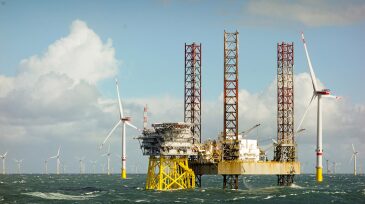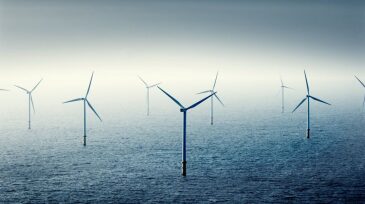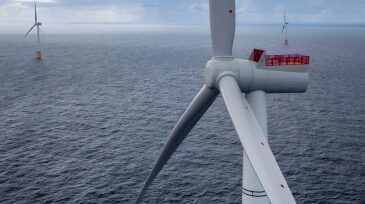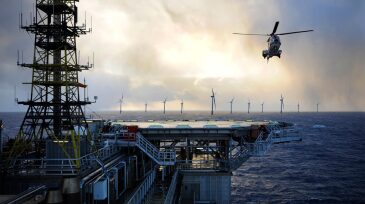wind power
-
Wind energy sources located offshore present challenges in transporting large amounts of energy. Energy transport through hydrogen molecules may be a solution. The PosHYdon project is intended to build experience with offshore H2 production and test power-to-gas technologies and integrated systems.
-
This paper’s intent is to provide a basic understanding of offshore renewable energy, including descriptions of wind and marine-hydrokinetic devices, with a focus on the physical and technical issues.
-
Offshore wind energy projects provide appealing options for the application of the skills and knowledge of practitioners involved in the design and fabrication of oil and gas facilities, especially those with offshore experience.
-
Two of Europe’s largest oil and gas producers will lead four offshore wind projects that together have the potential of powering 2 million homes.
-
The complete paper discusses a floating wind-turbine solution that is particularly cost-competitive for deepwater locations and that can unlock the possibility of deploying large wind-powered generators far from the coastline in deep water.
-
Wind turbine substructures and anchors made of special concrete would float to a site from an onshore plant.
-
The Norwegian wind farm is expected to start up in 2022. The wind farm is also expected to create spinoff effects during the project’s life.
-
As part of the contract, Wood will provide the topside modifications needed for the Snorre A and Gullfaks A platforms to integrate the Hywind floating wind park with existing systems powering the facilities. The platforms will be the first to receive electric power from floating wind turbines.
-
Offshore wind makes up less than 1% of the current energy mix, but analysts have it pegged as a potential trillion-dollar business in the near future. That growth presents an opportunity for operators to reduce costs and their carbon footprint through the electrification of their offshore platforms.
-
Equinor and the Snorre and Gullfaks partners have made a final investment decision for the Hywind Tampen offshore wind farm development. By reducing the use of gas turbines, the project helps cut CO2 emissions by more than 200,000 tonnes/year.










